Frequently Asked Questions
1. What are pocket knives and why are they significant?
2. What was the origin of pocket knives?
3. How did the folding knife change the design of pocket knives?
4. What are EDC knives and how do they differ from traditional pocket knives?
5. How should I maintain my pocket knife for longevity?
Pocket knives have a rich history that transcends centuries, cultures, and technologies. From their humble beginnings as simple cutting tools used by our ancestors, to the modern multi-functional versions known as EDC knives, these handy gadgets have evolved remarkably. In this post, we will explore the journey of pocket knives, their evolution, and their significance in contemporary life. Join us as we dive into this fascinating world that reflects both practicality and tradition.
The Origins of Pocket Knives
The concept of a portable cutting tool is as ancient as civilization itself. The earliest pocket knives date back thousands of years, used primarily for functional purposes such as hunting, food preparation, and crafting. What we now recognize as a pocket knife was originally a blade integrated into daily life, offering portability and convenience.
Early Tools and Materials
The first incarnations of pocket knives were made from materials like flint, bronze, and iron. Each era brought advancements in metallurgy and design:
- Flint Tools: Used by prehistoric humans, flint knives were among the first cutting tools, primarily for hunting and processing animal hides.
- Bronze Age Innovations: The advent of bronze improved durability and sharpness, paving the way for more complex knife designs.
- Iron Age Evolution: Iron allowed for more elaborate designs, including folding mechanisms, which we see in modern pocket knives.
The Birth of the Folding Knife
The true evolution of pocket knives began with the development of the folding knife during the Middle Ages. These knives incorporated a pivot point that allowed their blades to fold into the handle, enhancing portability. The design was revolutionary and suited the needs of the people of that era, making it a popular tool for various tasks.
The Appeal of the Folding Mechanism
Folding knives were favored for their unique design that combined safety and ease of carry. Unlike fixed blades, which required sheaths, folding knives could easily fit into pockets. This innovation led to the popularity of the knife among tradespeople, soldiers, and everyday individuals alike.
Regional Variations and Cultural Significance
As pocket knives expanded in function and design, different regions began to develop their distinct styles, each reflecting local culture and needs. Here are a few notable examples:
The Swiss Army Knives
Swiss Army knives debuted in the mid-19th century and became a symbol of versatility. With multiple tools for various purposes, they quickly caught the attention of soldiers and outdoor enthusiasts alike. The compact design and multi-functionality made them essential EDC knives.
The American Frontier
In the United States, the pocket knife became synonymous with pioneer life. These knives were practical and versatile tools for pioneers, hunters, and ranchers, used in everything from survival situations to daily chores. Brands like Case and Buck became household names, further embedding pocket knives into American culture.
Technological Transformations
As time progressed, so did technology and manufacturing techniques. The Industrial Revolution in the 19th century paved the way for new innovations:
Precision Manufacturing
With industrial advancements, the production of pocket knives shifted from handcrafted to precision-engineered manufacturing. This allowed for consistent quality and affordability, enabling more people to access these essential tools.
Material Advancements
Beyond just design, the materials used to create pocket knives transformed significantly. The introduction of stainless steel greatly improved corrosion resistance, ensuring that knives remained functional for longer periods.
The Emergence of EDC Knives
EDC knives, or Everyday Carry knives, represent the modern evolution of pocket knives. Although traditional folding knives still hold nostalgic value, contemporary EDC knives have integrated advancements relevant to today's lifestyle and utility.
Multi-Functional Designs
Today's EDC knives often include multiple functions with additional tools such as bottle openers, screwdrivers, and even flashlights. This evolution speaks to the desires of modern users, combining practicality with efficiency.
Customizability and Personalization
The modern consumer also enjoys customizing their EDC knives, from blade shapes to handle materials. Personalized designs not only make a statement but also cater to personal preferences and uses, adding to the appeal of these tools.
EDC Knives in the Modern Era
Regularly used by outdoor enthusiasts, tradespeople, and urban dwellers, EDC knives have cemented their place in daily life. They cater to various demographics, from campers needing durable tools in the wilderness to professionals requiring reliable cutting instruments in office settings.
The Role of EDC Knives in Emergency Situations
Many users appreciate EDC knives for their reliability in emergencies. From first aid to everyday tasks, these knives can be vital in unexpected situations. Their compact design and diverse functionality contribute to their role as essential tools in any emergency kit.
The Cultural and Social Impacts of Pocket Knives
Beyond practical applications, pocket knives also hold cultural significance. They have often been symbols of personal identity, craftsmanship, and tradition.
Craftsmanship and Artistry
The craftsmanship involved in designing high-quality pocket knives has earned them a status among collectors and enthusiasts. Knifemaking has become an art form, where artisans obsess over details such as materials, design, and mechanisms.
Personal Identity and Gifts
For many, pocket knives are not just tools; they represent values such as tradition, resilience, and self-sufficiency. Gifting a pocket knife symbolizes trust and friendship, often passed down through generations. The significance transcends mere functionality and embeds itself into family stories and cherished memories.
Maintaining and Caring for Your Pocket Knife
- Regular Cleaning: Clean your knife after each use to prevent dirt and debris accumulation, especially around the hinge and blade.
- Sharpening: Keeping the blade sharp enhances performance and safety. Invest in a good quality sharpener to maintain the edge.
- Lubrication: Periodically oil the pivot points to ensure smooth operation.
- Storage: Store your knife in a dry place to prevent rust and damage. A dedicated pouch or case can help protect it.
Embracing the Future of Pocket Knives
As cultural symbols and as functional tools, pocket knives will continue to evolve alongside society. The tradition of crafting and using EDC knives will persist, blending the old-world art of knife-making with modern innovations and demands.
Consumers are increasingly aware of the ethical implications of their purchases, leading to growth in the demand for sustainable materials and responsible manufacturing processes in the knife industry. As we move forward, pocket knives will adapt to these changes, reflecting the values of new generations while honoring a time-honored legacy.
In a world that values convenience and versatility, pocket knives—especially EDC knives—will remain relevant. They symbolize readiness, functionality, and a connection to our shared history. As you explore our collection at Shokunin USA, remember that each knife tells a story, woven into its design and craftsmanship, waiting to become part of yours.






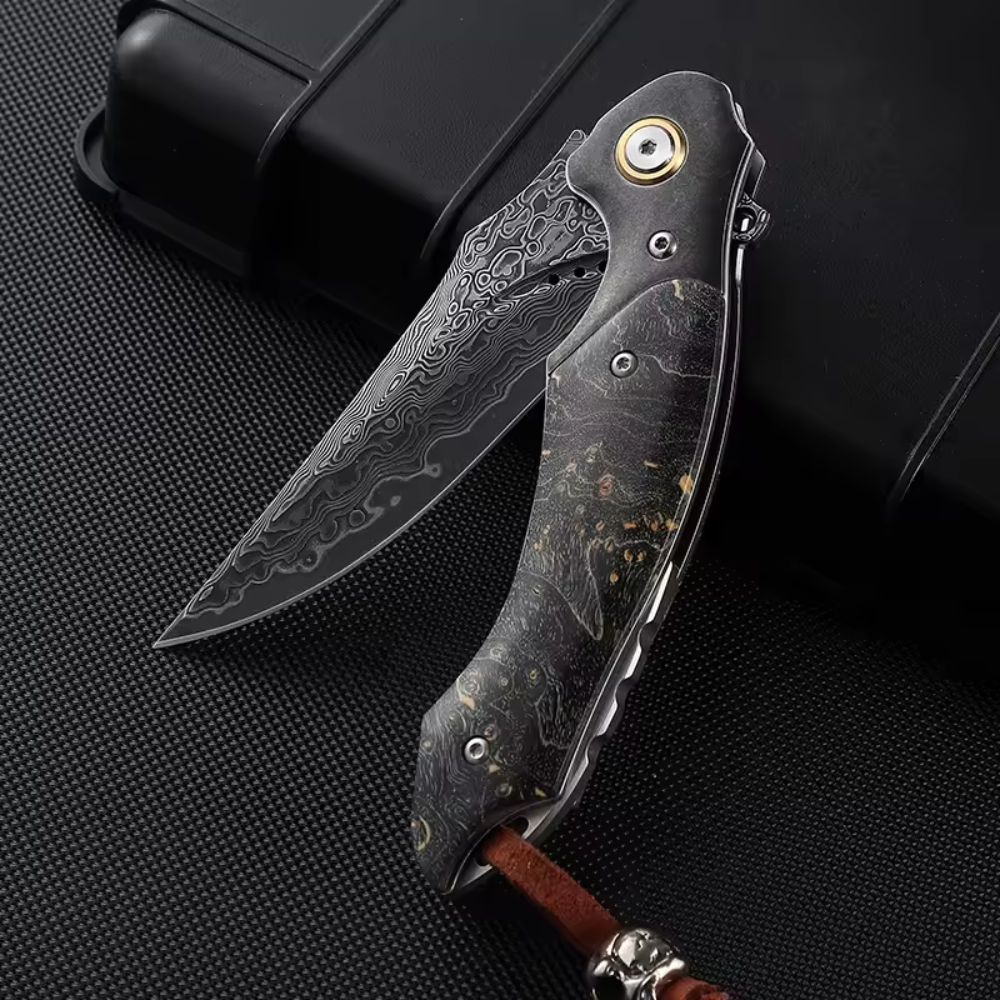
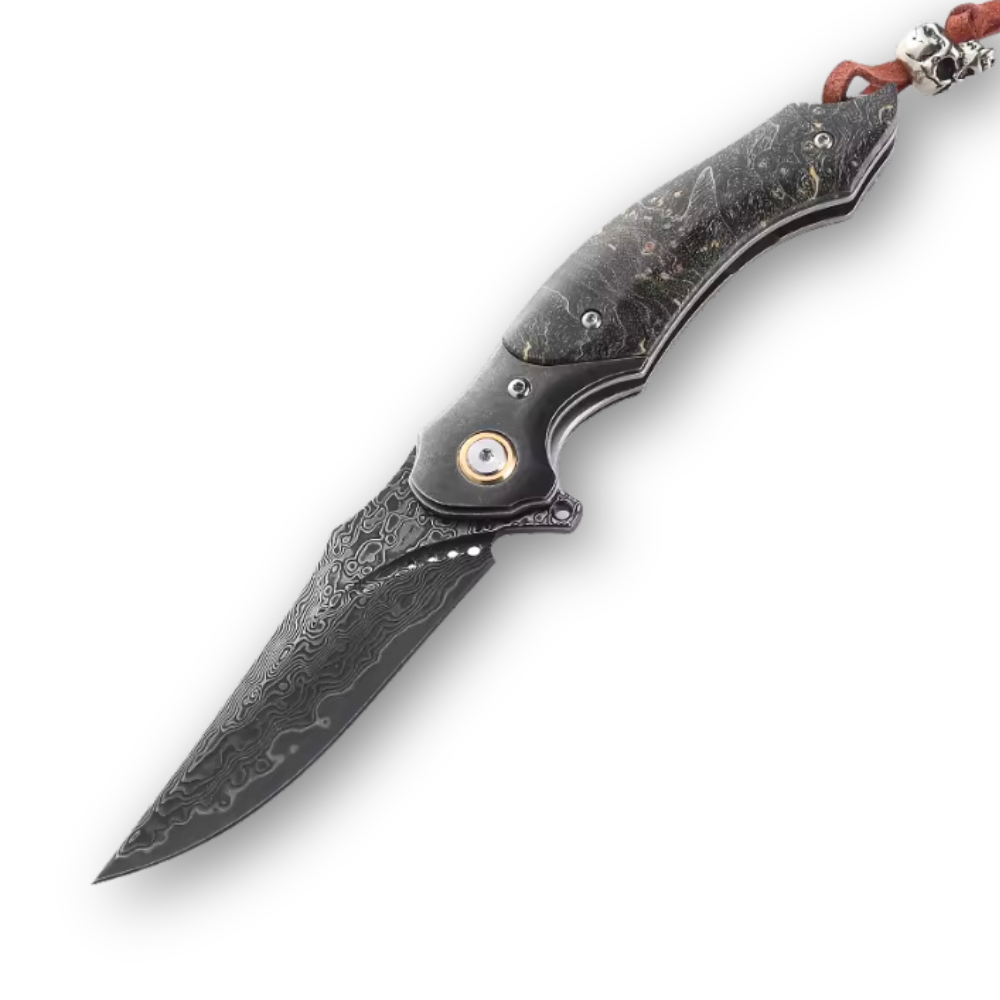
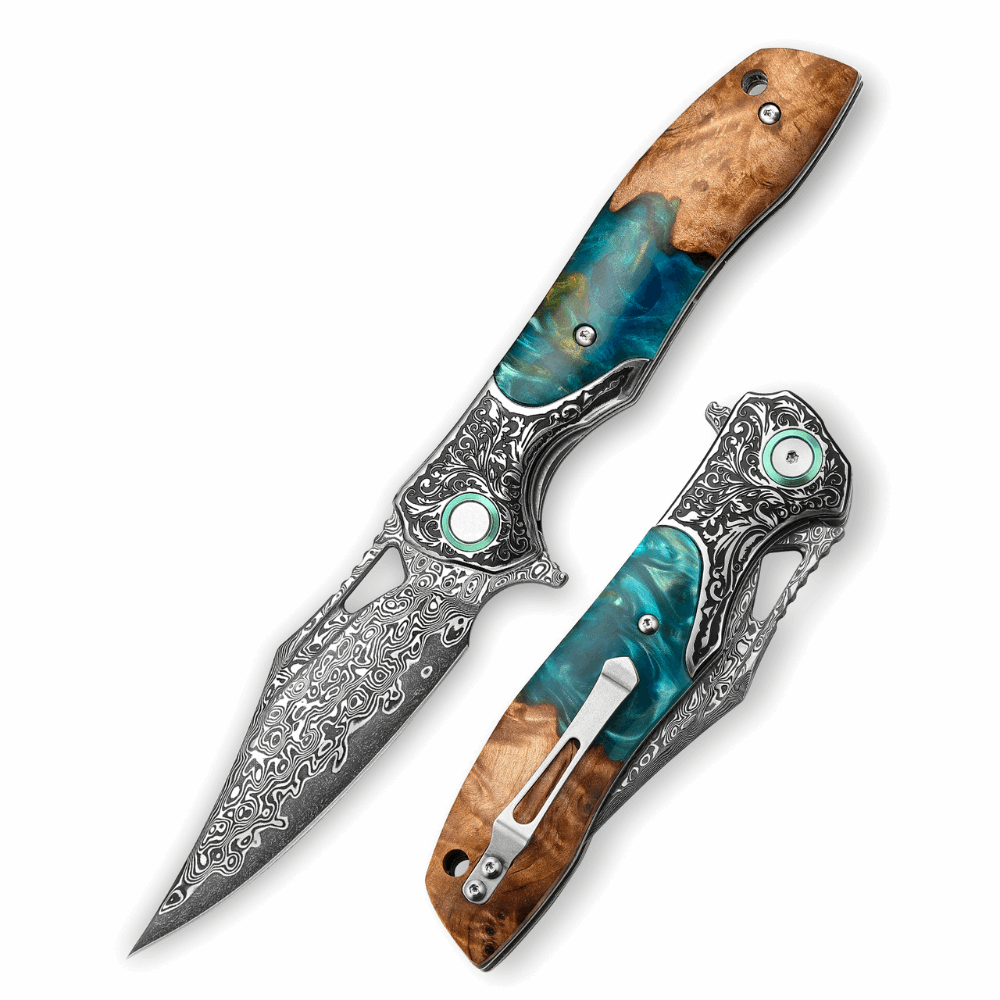
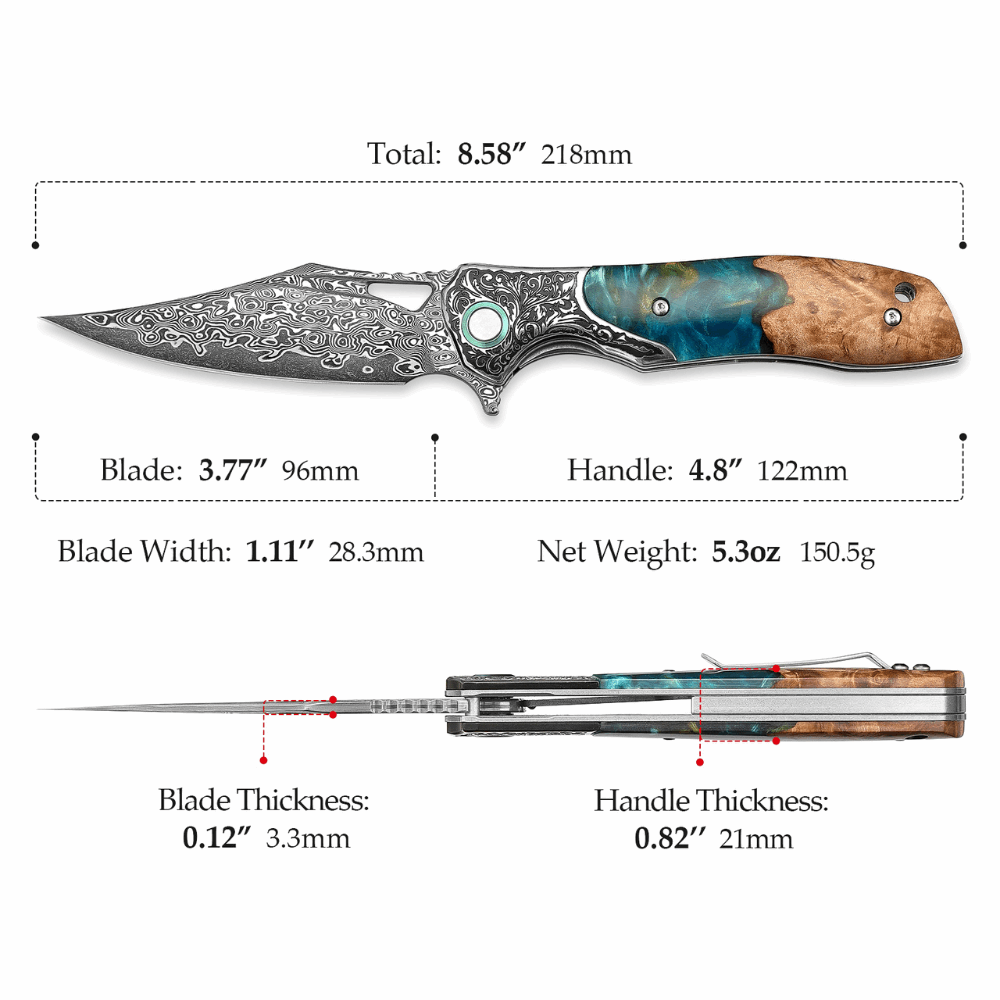
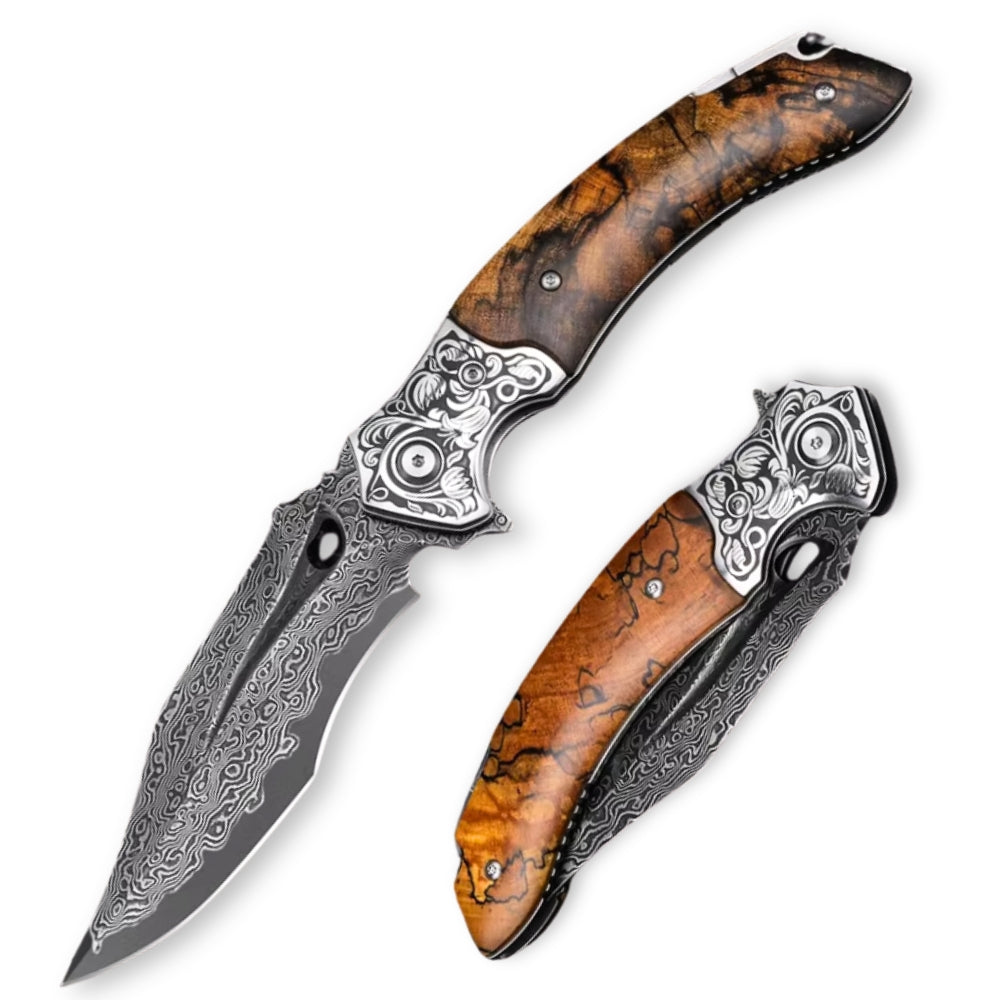
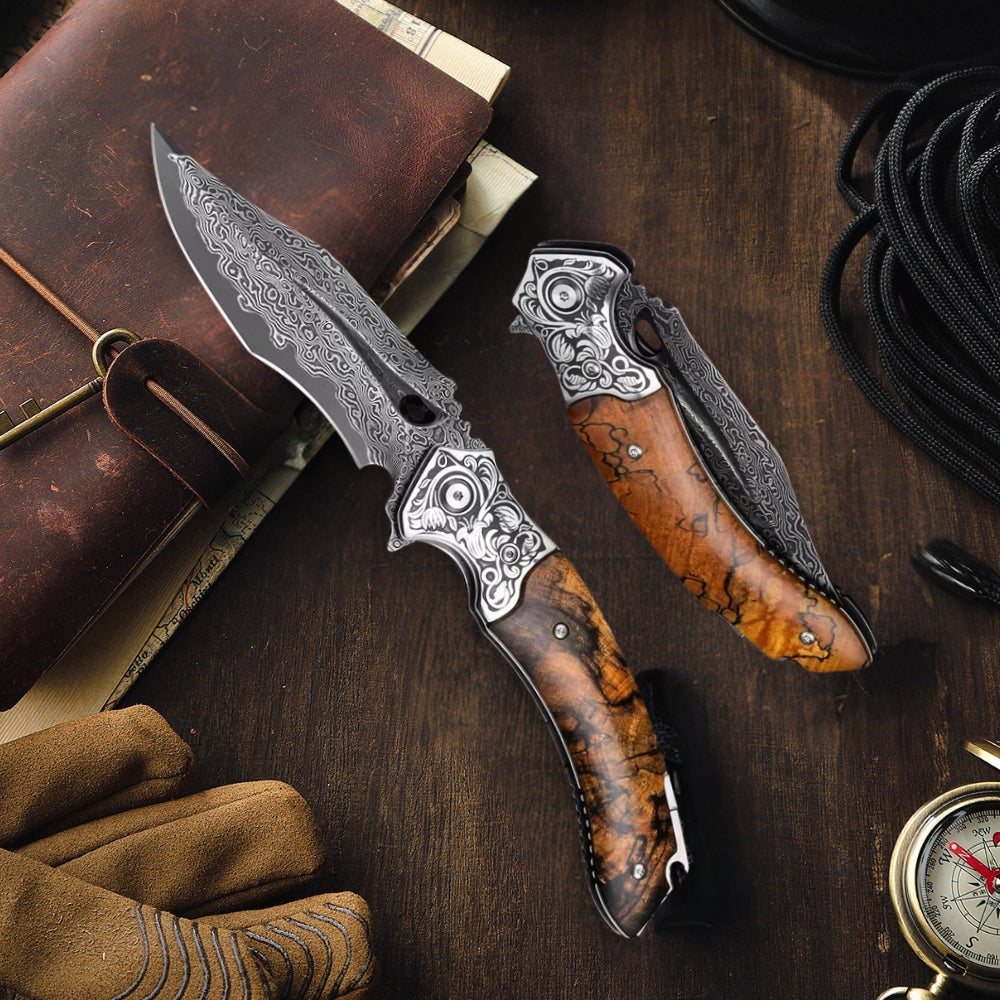
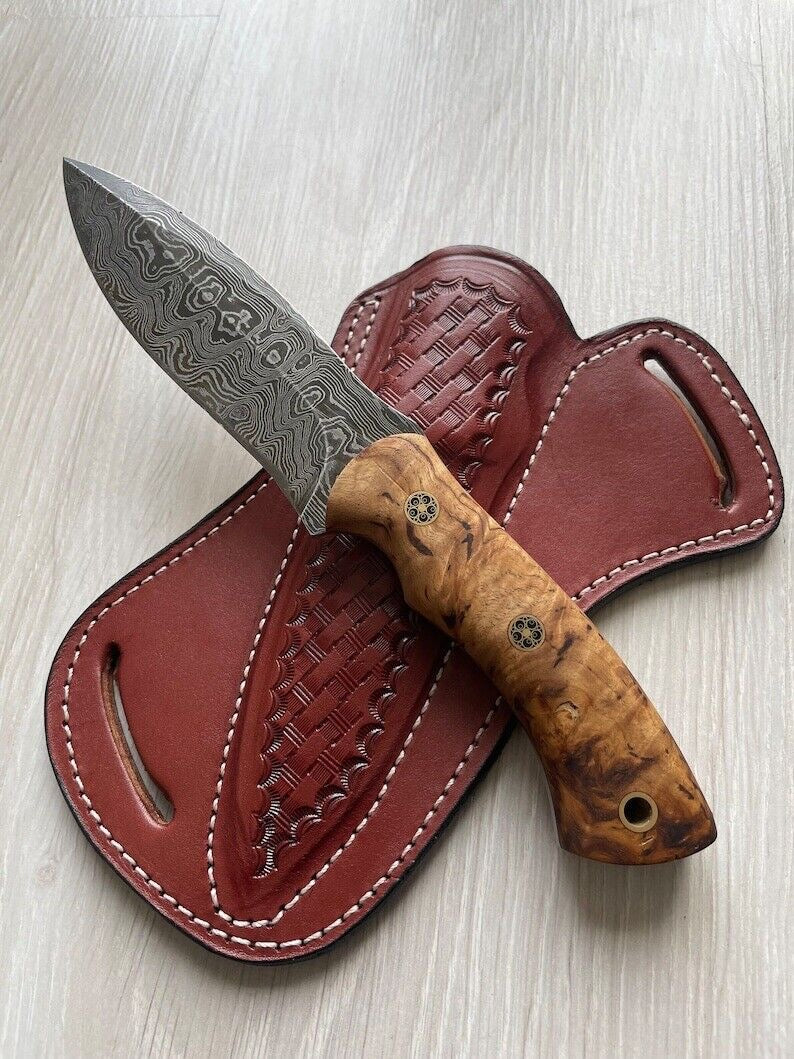
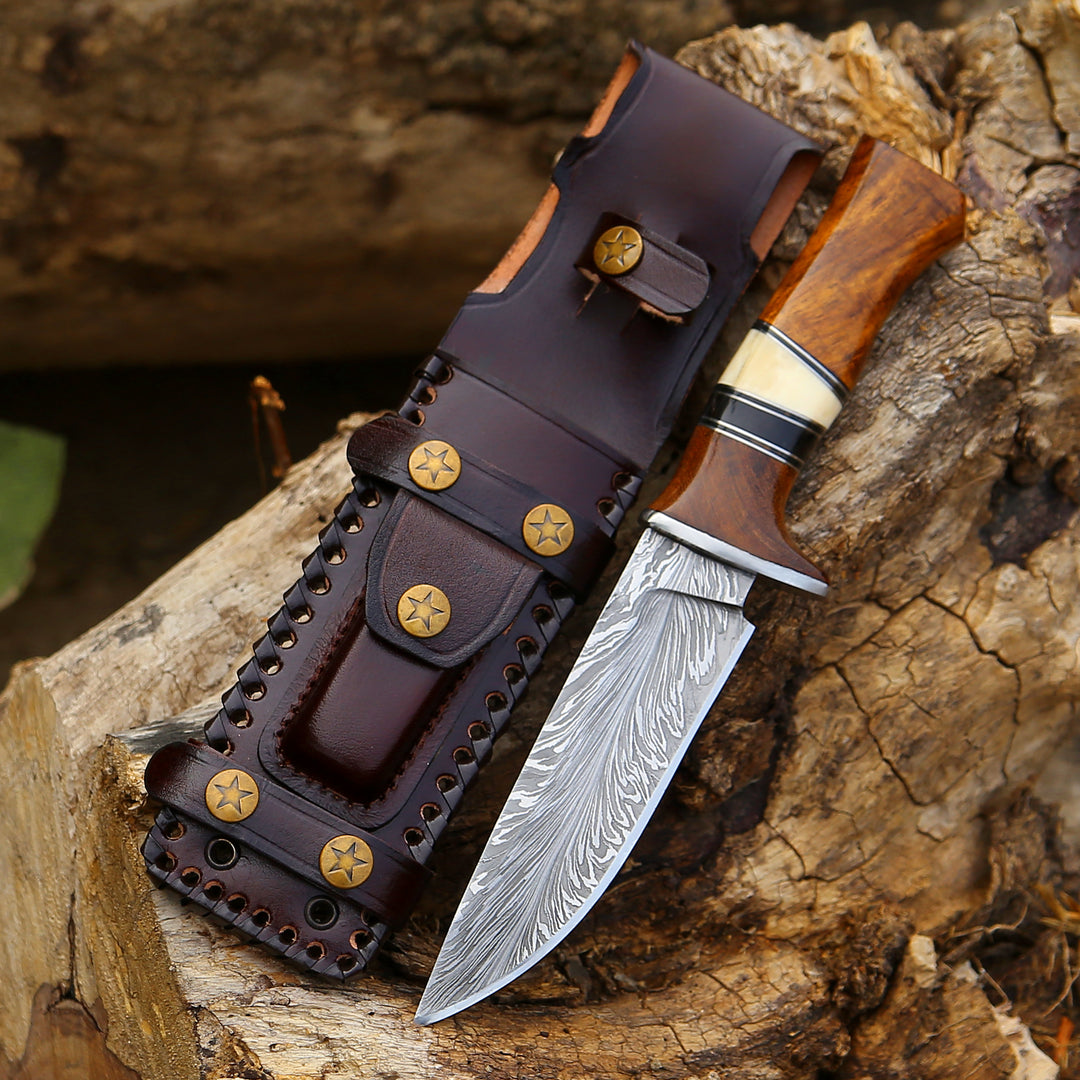

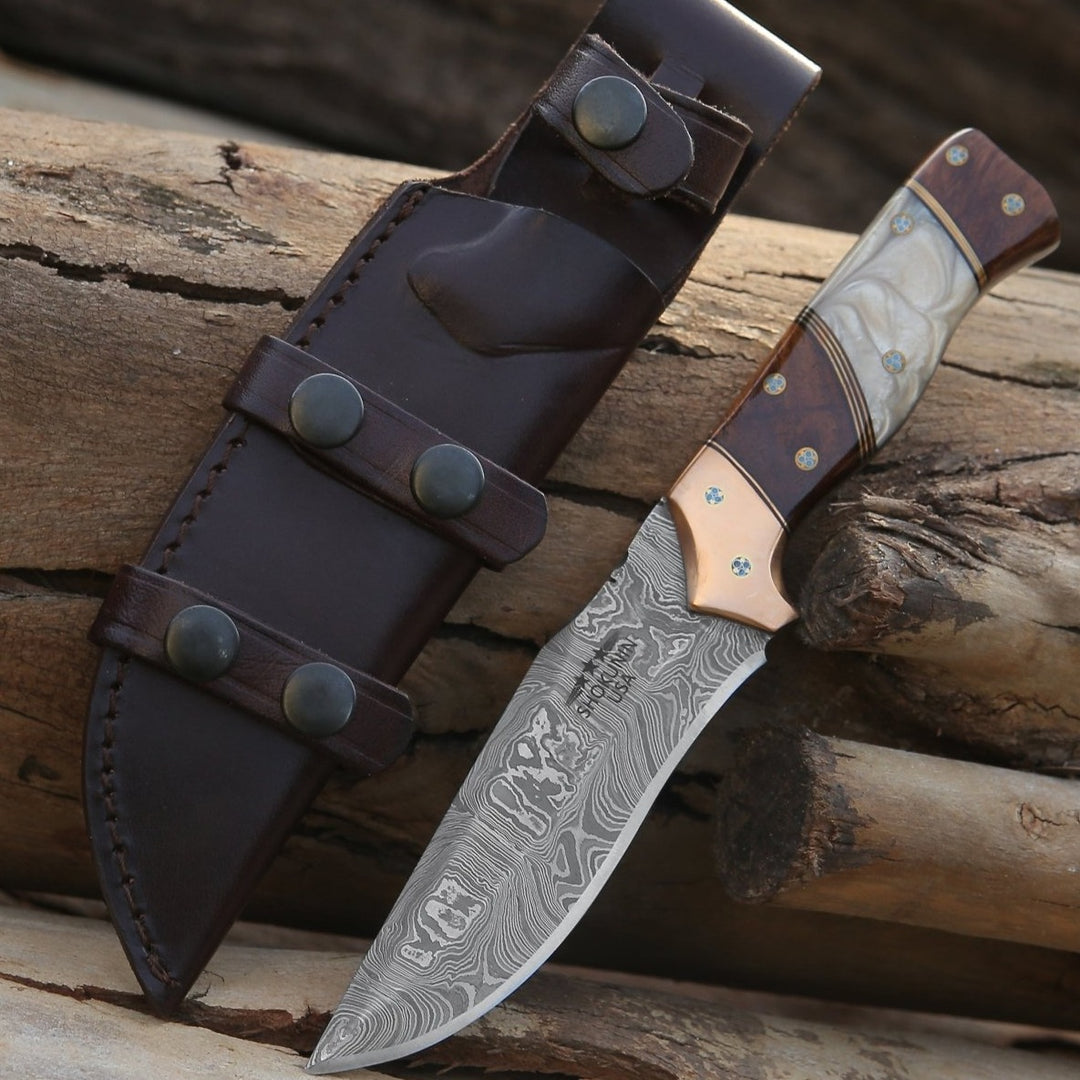
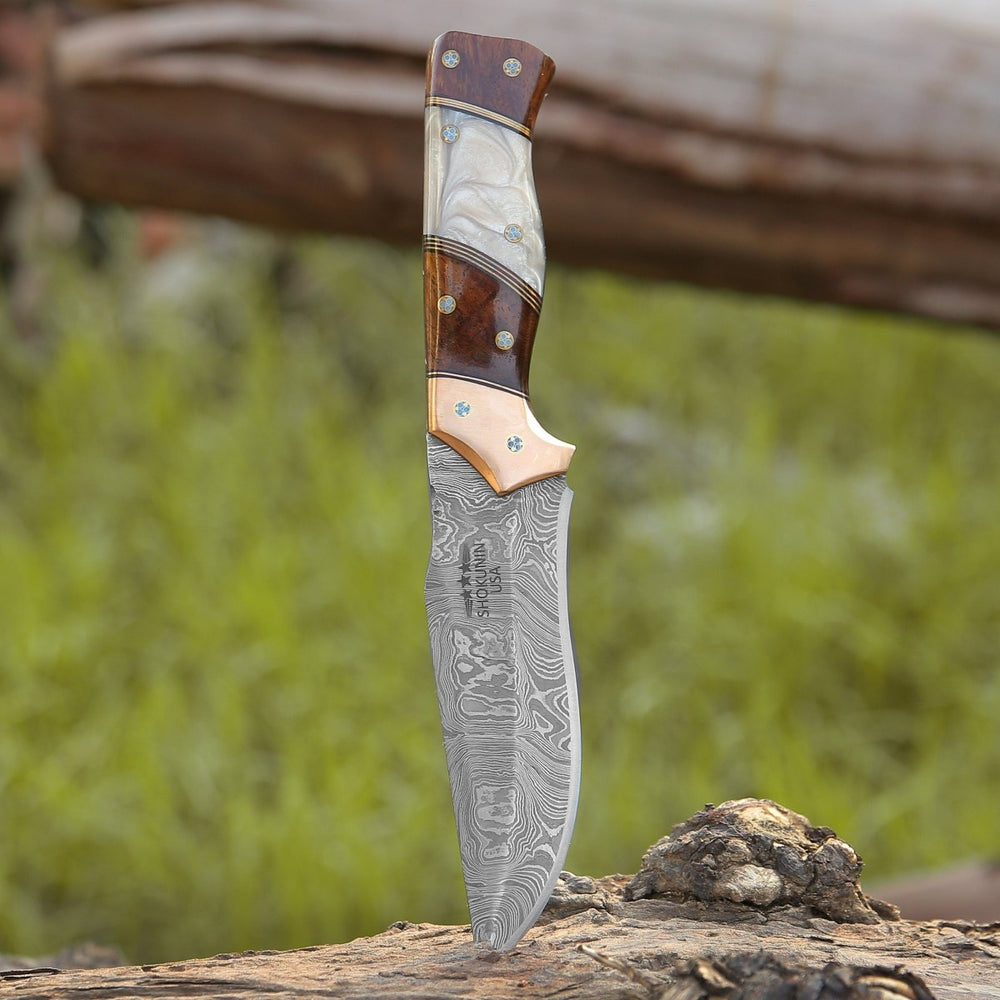

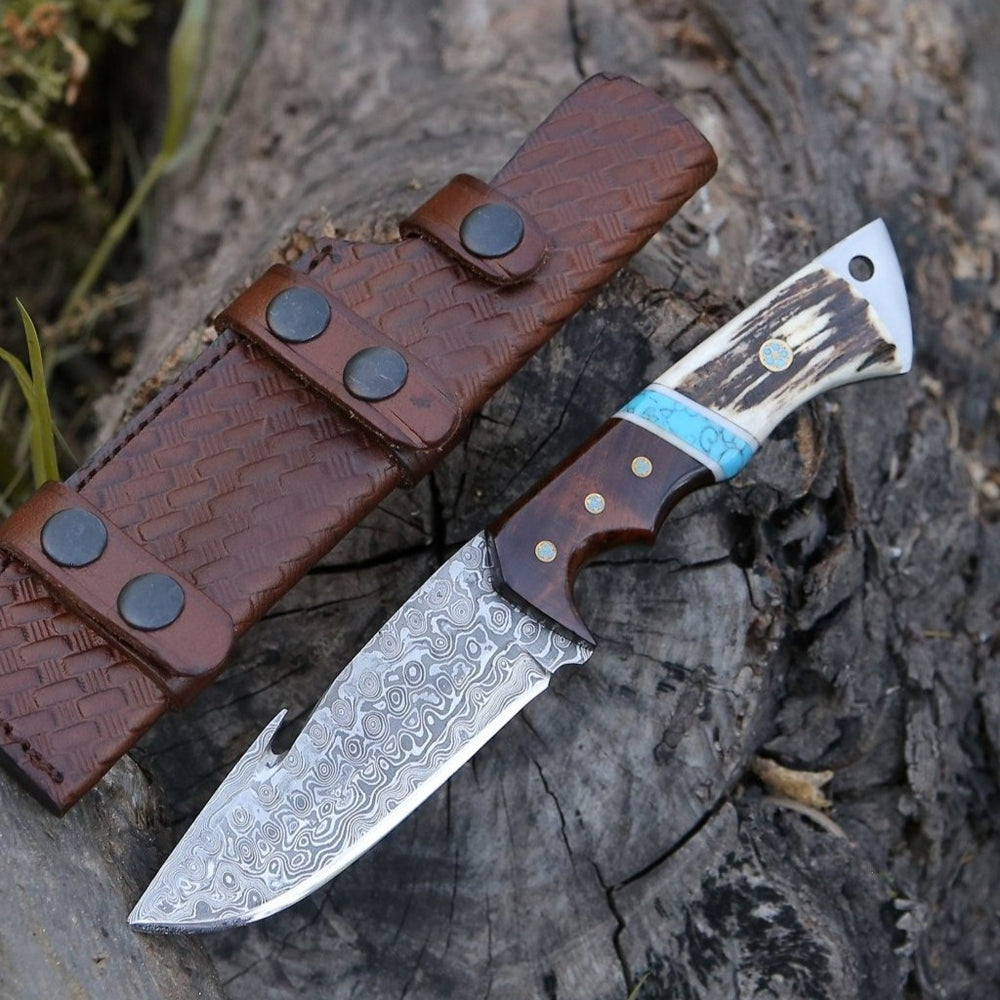
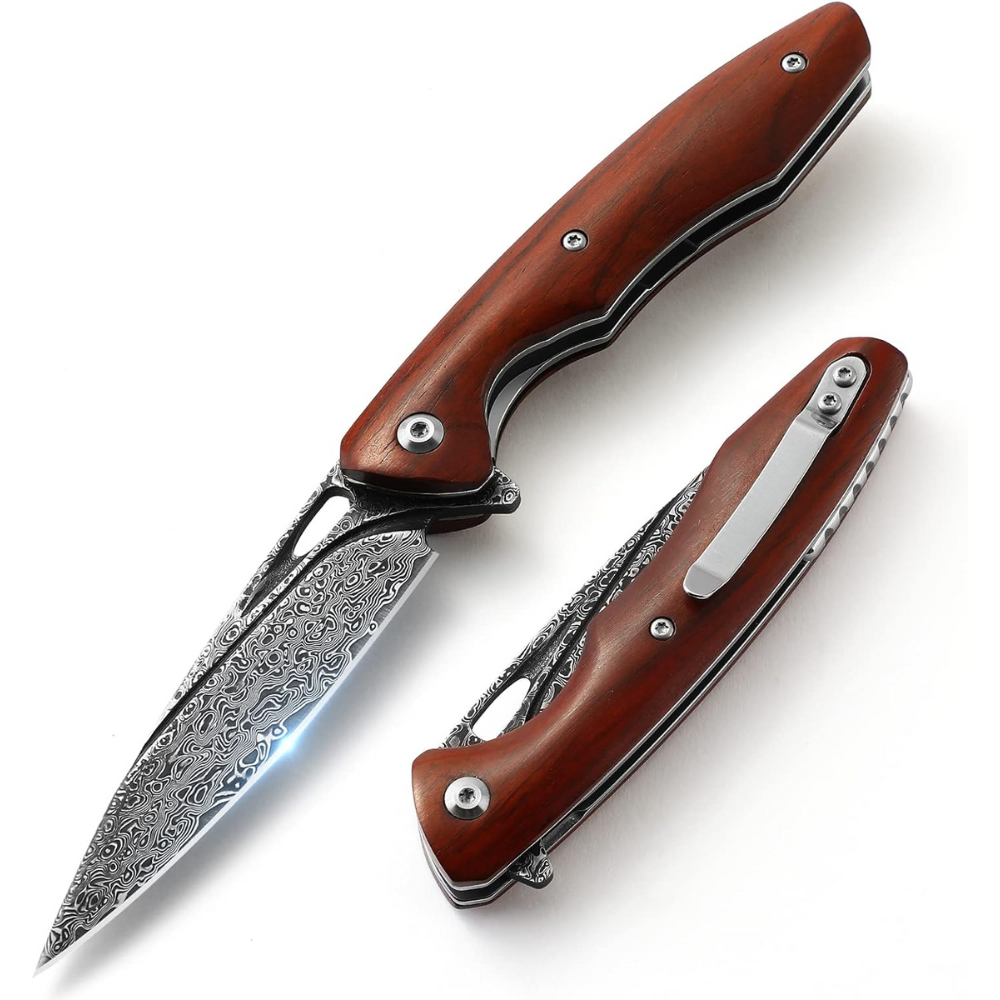
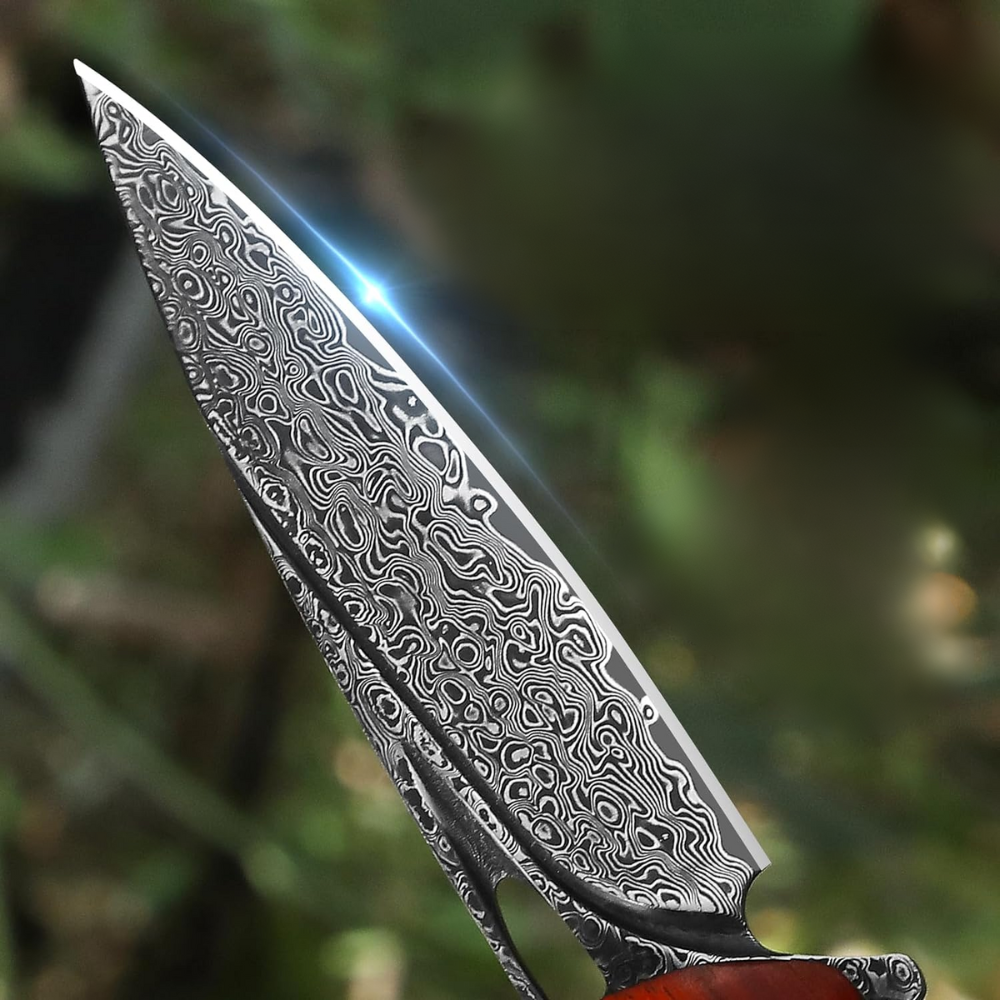
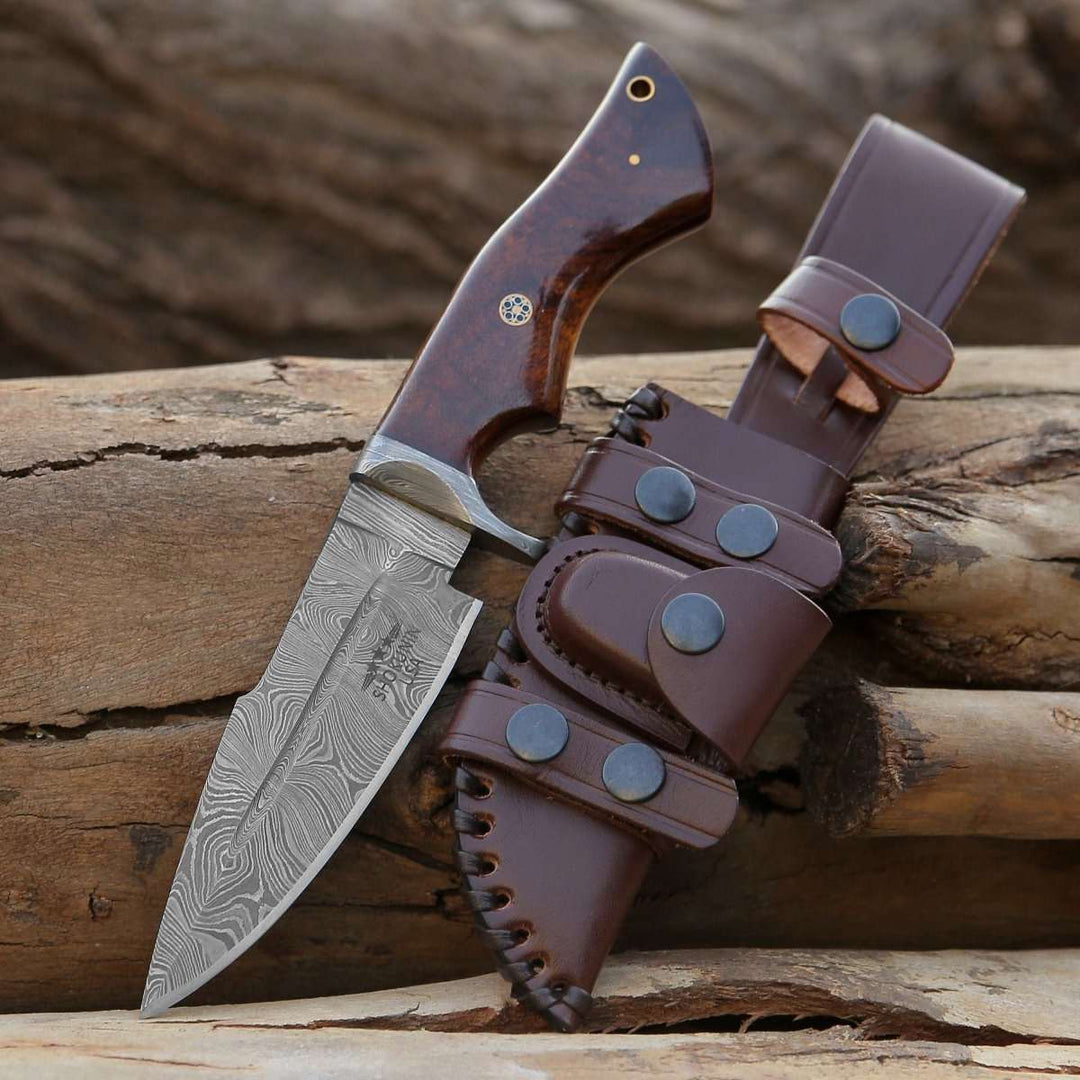
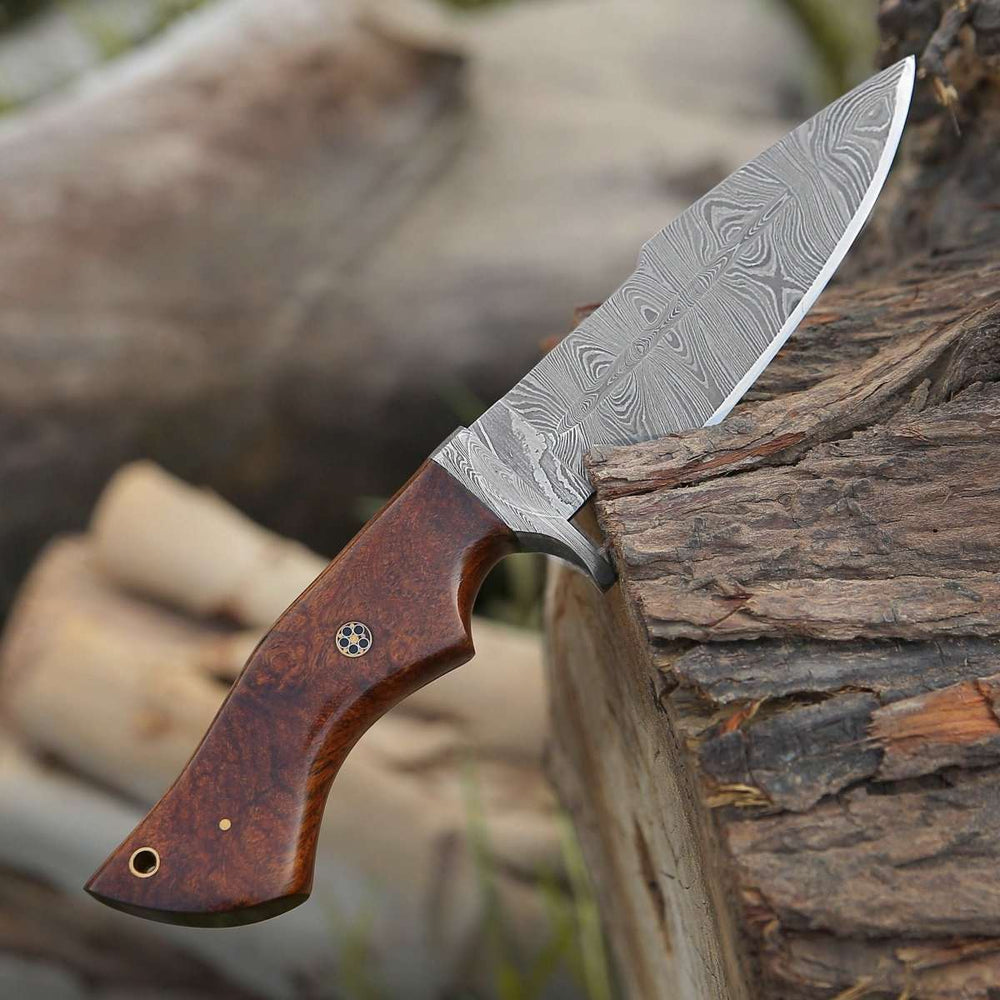
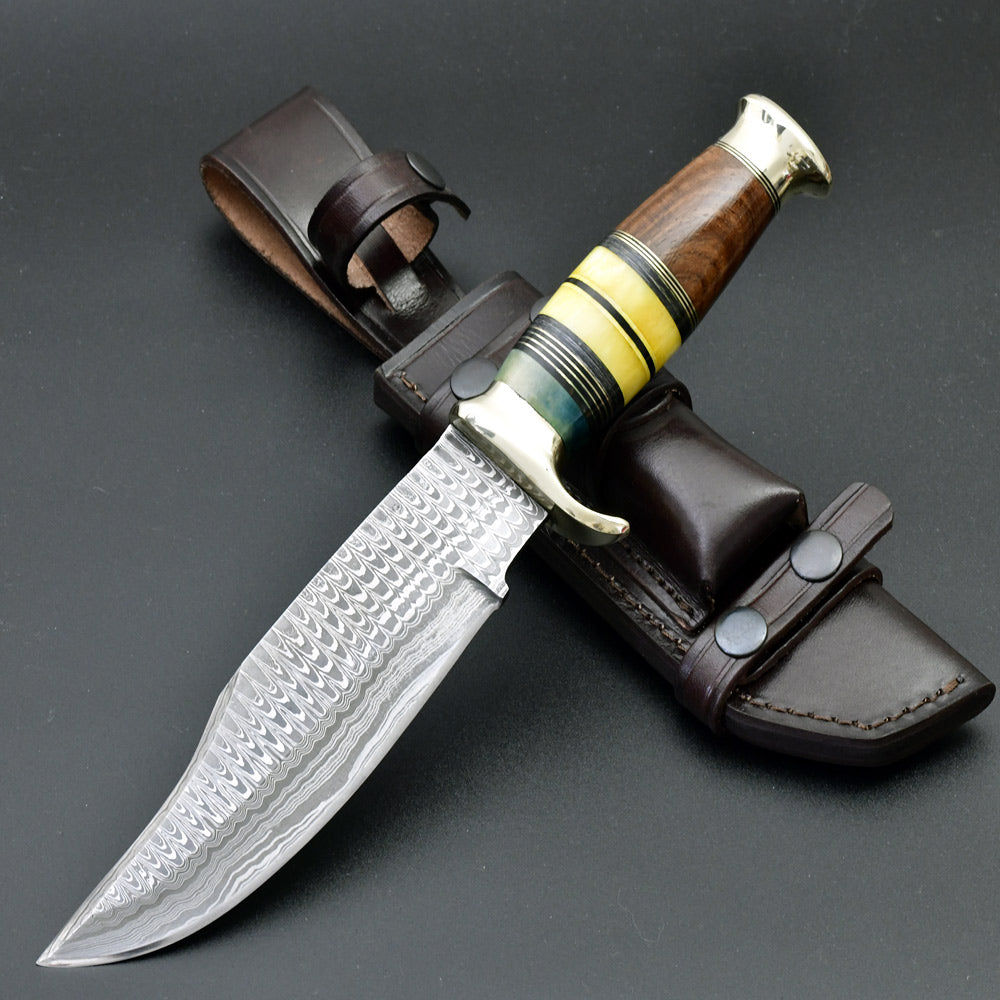
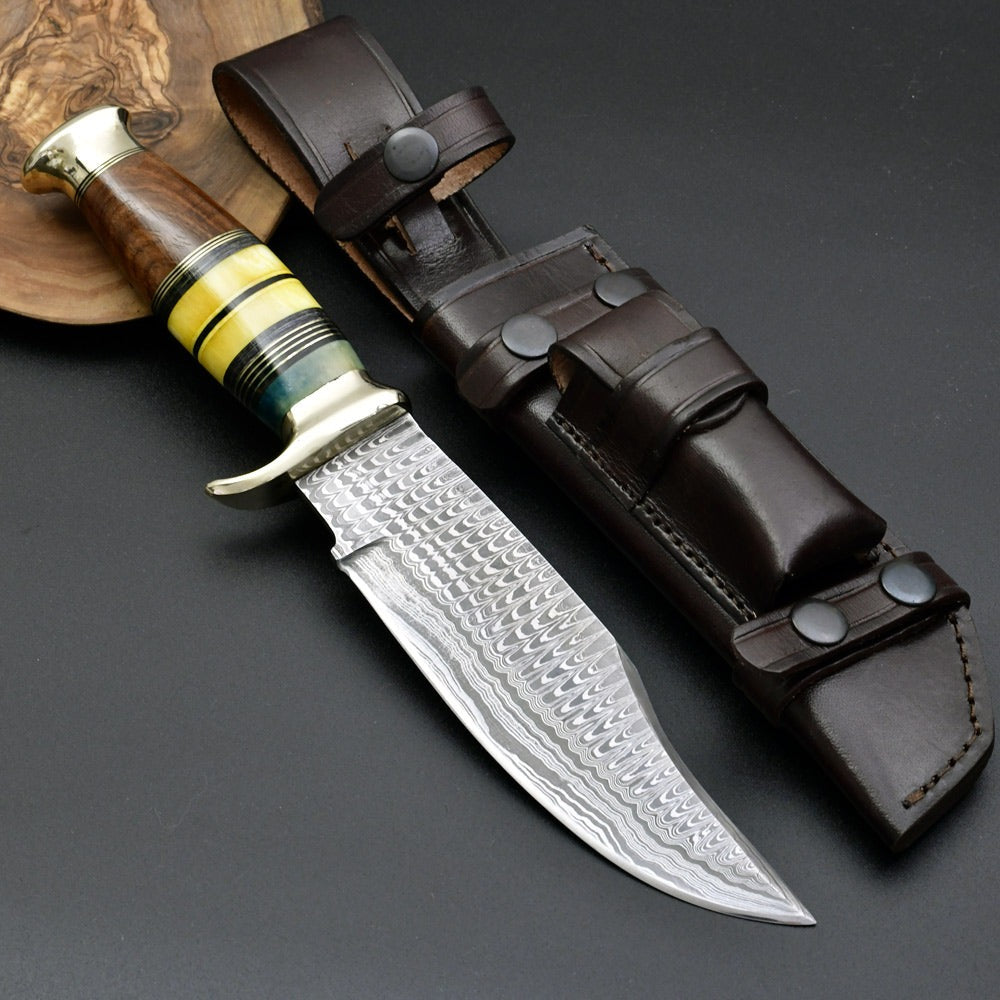
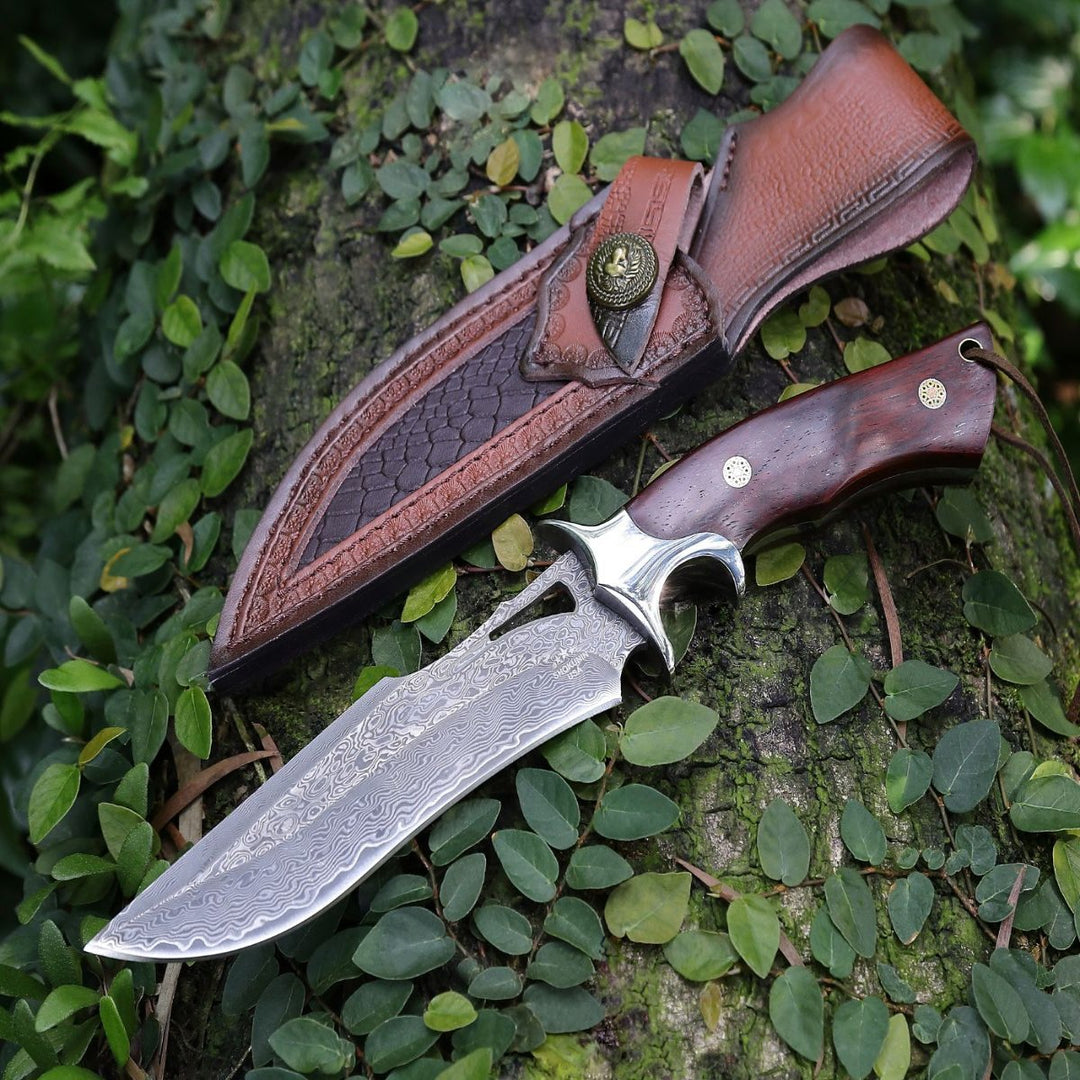
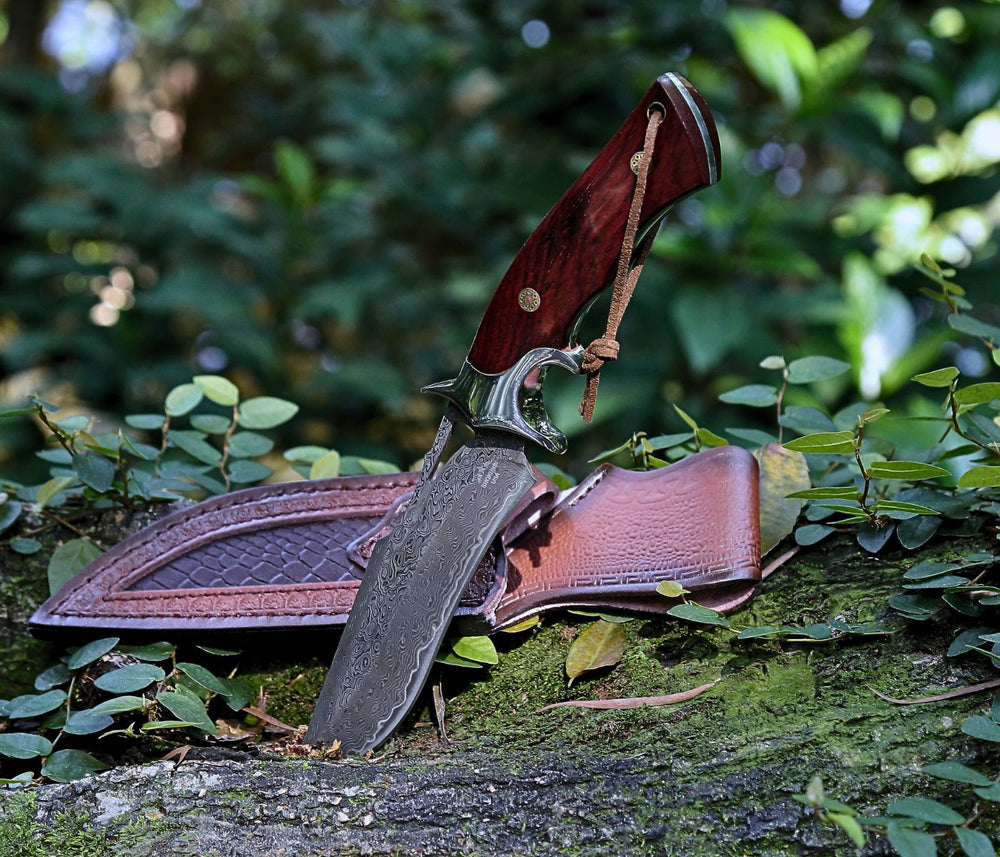
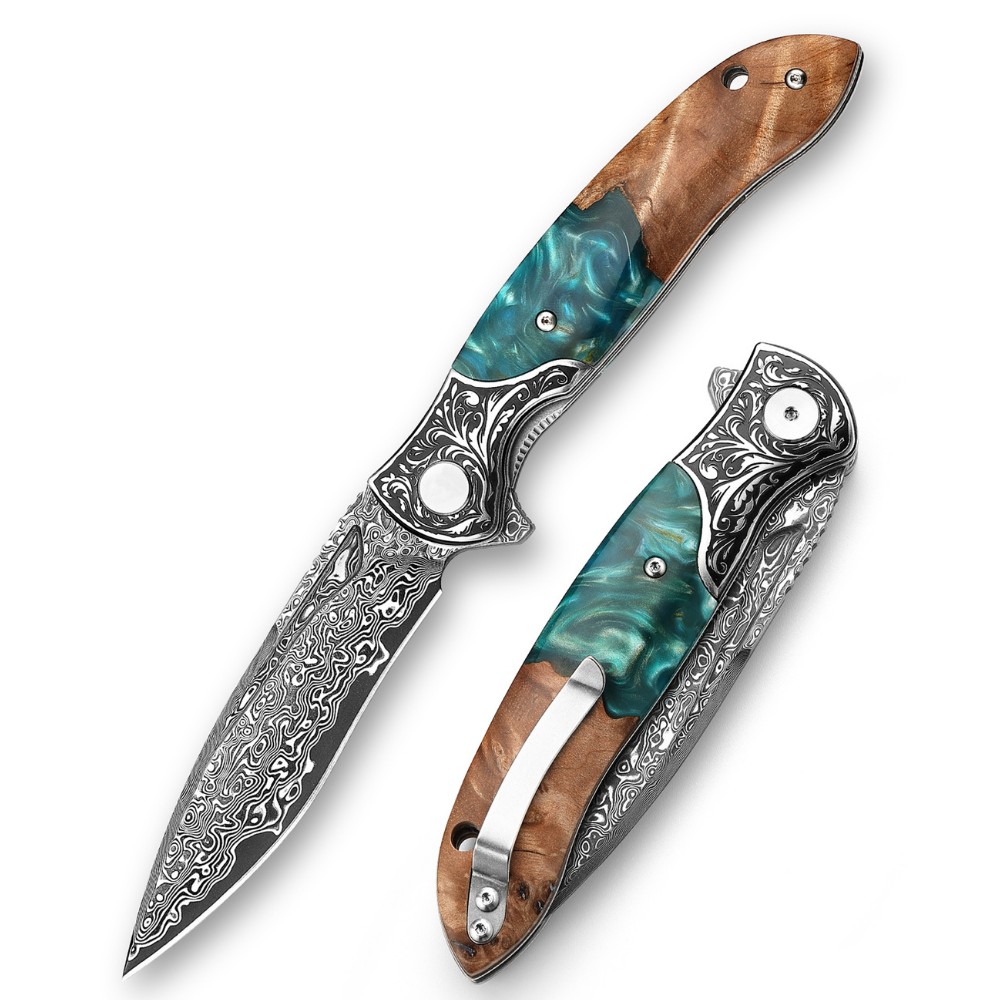
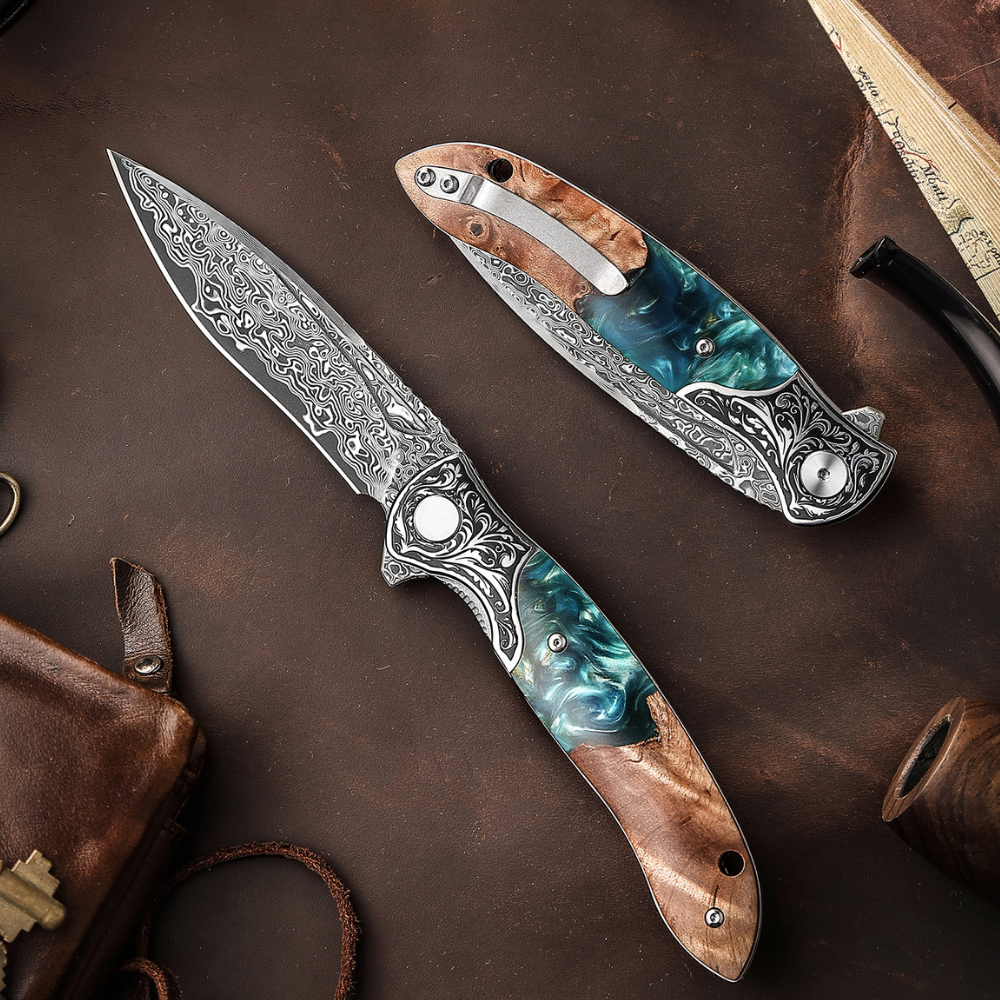
Leave a comment